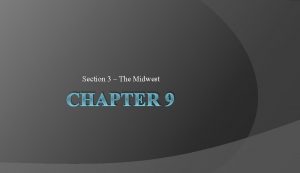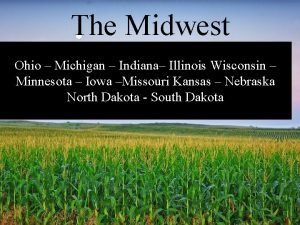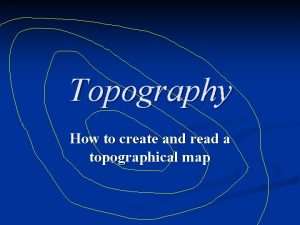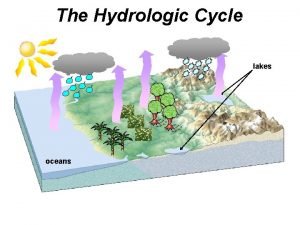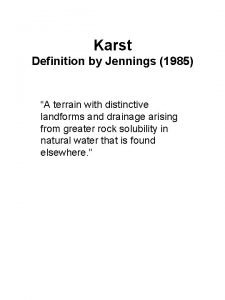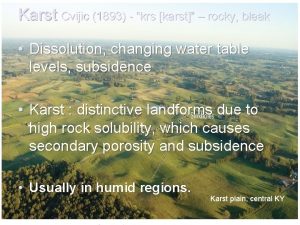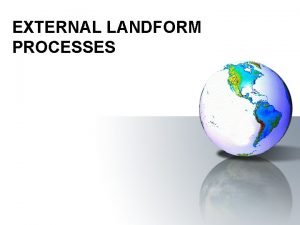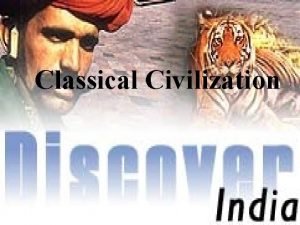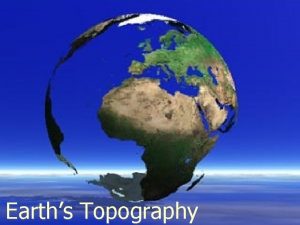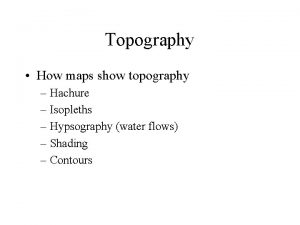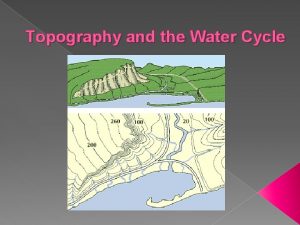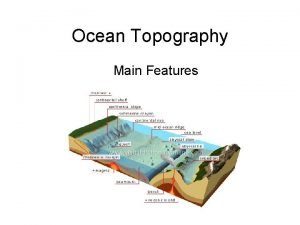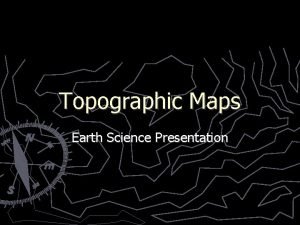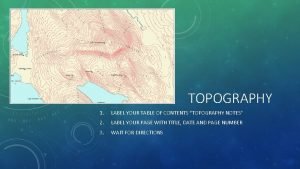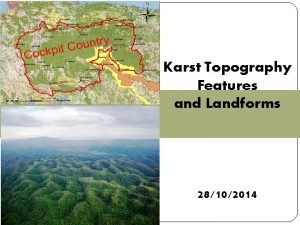Section 3 The Midwest CHAPTER 9 Topography of











- Slides: 11

Section 3 – The Midwest CHAPTER 9

Topography of the Midwest

Economy of the Midwest Ø 52% of people are involved in manufacturing and industry in the Midwest Ø 43% have a job in the service industries ØOnly 5% of the people work in agriculture

Technology Changes Farm Life Ø Often called the heartland Ø Great for growing corn, soybeans, wheat, and raising livestock Ø Early inventions like the steel plow, windmill, and barbed wire helped settlers to become successful in agriculture Ø Today the technology continues to make a difference with machines & computers that do much of the work Ø This means there is less need for people Ø Kansas is an example with 90% of the state being farm ground, but less than 1% of the population being a farmer

From family farms to corporate Ø Until the 1980’s most farms in the Midwest were owned by small family farmers Ø These farmers had taken out large loans for land equipment in the 60’s & 70’s when demand for their goods was high Ø The economy hit a recession in the 1980’s and demand went down Ø Many of these farmers lost their farms or were forced to sell them Ø Big business bought it all up and now corporate farms are the norm in the Midwest

Chicago Ø Was a processing center for farm goods in the mid 1800’s Ø Turned raw materials like hogs, corn, wheat, and cattle into foods and shipped it east through the Great Lakes Ø Once railroads were added Chicago really took off Ø In the late 1800’s Chicago became known for steelmaking & other manufacturing (specifically farm equipment) Ø Today it is very diverse culturally and a transportation hub of the nation Ø Also home to the first steel skyscraper which was the Home Insurance Company Building

Chicago Skyline: The “Second” City

Detroit & St. Louis Ø Known as the “Motor City” Ø The “big three” all have their roots in this city Ø What are the “big three”? Ø Ford, GM, & Chrysler Ø St. Louis used to be the starting point to the West Ø Wagon trains would start here Ø Today the Arch marks the Gateway to the West Ø St. Louis is also a hub for banking & retail companies

Great Mississippi Flood, 1993 St. Louis, MO before the flood St. Louis, MO during the flood St. Louis, MO after the flood

The Twin Cities Ø Minneapolis is the biggest city in Minnesota and its sister city is St. Paul Ø These two cities were once the flour-milling center of the U. S. and being right on the Mississippi River it made it easy to transport goods Ø Pillsbury began there in 1872 Ø Today the Twin Cities are known more for publishing, medical, computer, & art business Ø The sprawl of the suburbs have replaced 100’s of square miles that were once used for farming in this area

Tornadoes Per Year: 1950 -1997
